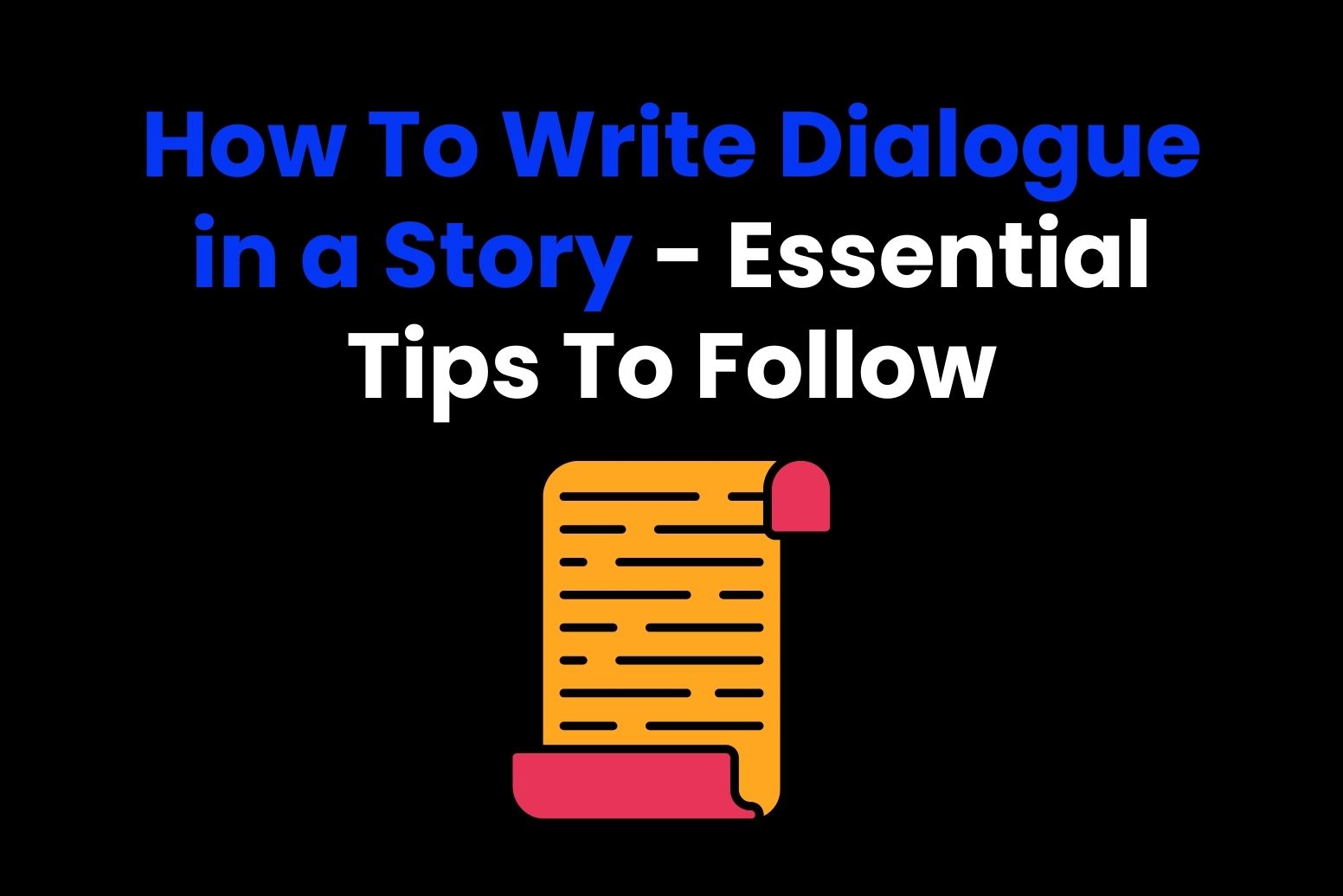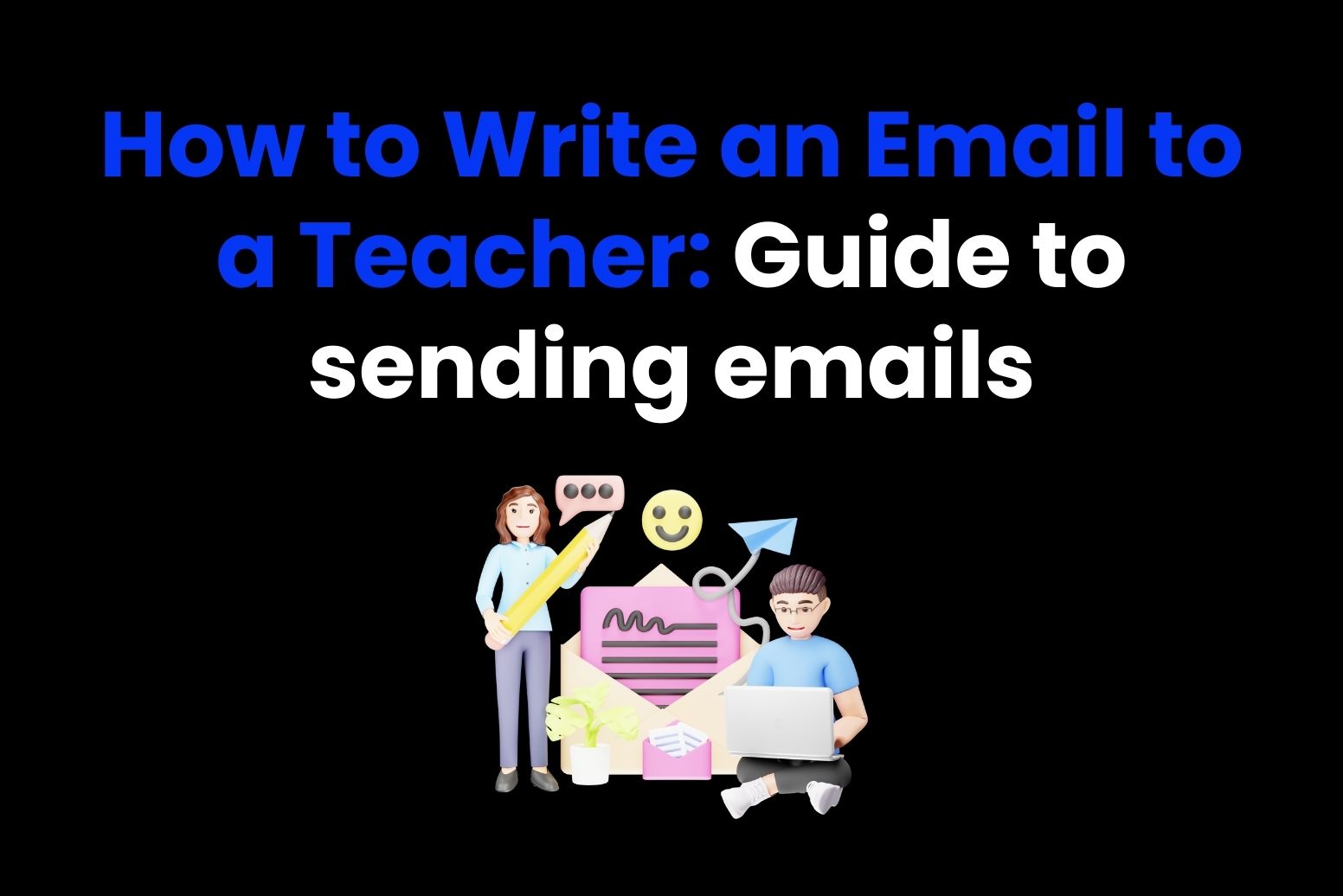Story writing is not only fun but also requires proper skills to effectively captivate the reader. However, sometimes even if the storyline is compelling, the reader does not fully enjoy the story. Why? This typically happens when the dialogues in the story are not formatted correctly. So, the question arises: how to write dialogue in a story to attract the reader effectively?
While there are many approaches to composing a dialogue, there are also several tried-and-true tactics. Fortunately, you can use it immediately to make your novel’s speech more engaging and effective. Moreover, after reading hundreds of stories and novels, we have carefully jotted down the most important points to effectively write dialogue in a story.
In this article, you will learn how to write a dialogue in a story and the do’s and don’ts of writing to truly engage your audience.
What is a Dialogue?
Before learning how to write dialogue in a story, let’s first understand what dialogue actually is. In fact, stories, novelettes, and screenplays often include dialogue, which is defined as the actual words spoken by fictional characters. Moreover, the exchange of words between two or more fictional characters is what drives the plot forward in a dialogue-driven novel. To bring their characters to life in films, short films, and TV episodes, directors offer well-written scripts. These scripts are written in the form of dialogue. So, dialogues are a greate way to understand the idea of a story.

How To Write Dialogue in a Story: Formatting Rules
For conversation formatting, there are a few guidelines to keep in mind:
- Use a new paragraph to introduce every individual speaker.
- Use quotation marks around quoted words to indicate punctuation.
- Do not use end quotations after each paragraph when using lengthy quotations that extend over many paragraphs.
- While citing an additional source, think about using single quotations.
How To Write Dialogue in a Story – Step-by-Step Guide
As we have discussed the importance of dialogue in a story now it’s time to learn how to write a dialogue in a story. Being consistent and knowledgeable with protocol is crucial for successful writing, especially when it comes to formatting dialogue.
To help you organize your approach and streamline your discussion in the document, consider following these thirteen essential guidelines on how to write dialogue in a story.
Step 1: Use Clear Dialogue Tags To Avoid Confusion:
Speaking of the dialogue writing in the story, it’s impossible to avoid mentioning dialogue tags. When it comes to formatting dialogues, clear dialogue tags are first and foremost. Have you read a story where you see words like “she said” “she asked”, “he replied” etc in between the dialogue these are dialogues, which are a brief description of who is speaking.
While dialogue tags are undoubtedly necessary, they should only be used when required. In fact, overusing or repeating them excessively can distract and even frustrate the reader, pulling them out of the flow of the story.
For example: “Ken prefers having dinner at home” she replied
Here is the list of dialogue tags, you can use any of them:
- He exclaimed
- I asked
- She stated
- She wondered
- He screamed
- They whispered
Step 2: Always Write The Spoken Dialogue inside Quotation Marks
Quotation marks are the necessary elements of a dialogue. As a general rule of thumb, use quotation marks at the start and end of the dialogue to separate the characters’ speech from the paragraph. Additionally, using quotation marks helps make your writing clearer and easier to understand.
Moreover, in American English, the word dialogue is enclosed in two quotation marks like “dialogue”. However, in contrast, the character’s speech is enclosed in single quotation marks in British English like ‘Dialogue’.
Speaking of correct use of punctuation marks, a good grammar checker can make the job easy. For instance, our grammar checker by Arvin AI will smoothly catch punctuation errors and spellings making your dialogue error-free.

Step 3: Indent a New Paragraph for Each New Character
Make sure you start a new paragraph whenever a new character talks. Whatever a character says, the rule remains the same regardless of how short the conversation is. Be sure to indent each new paragraph.
Remember to not indent the opening line, even with conversation, unless you’re starting a new chapter or following a scene break.
Step 4: Take Context into Consideration While Writing Dialogue
One typical blunder that authors make when composing plot dialogue is sticking with one speaking style throughout. Likewise, the tendency for a character to use wordy, flowing phrases in their speech might lead you to believe that all of your conversations should follow this pattern.
Nevertheless, the context of your character’s conversation is crucial to make the dialogue clear.
Step 5: Make Sure To Keep the Format Consistent
There are multiple ways of formatting dialogues However, you need to stick to the same dialogue format in your story writing. Suppose you have indeed your character dialogue. In that case, you need to indent each new interaction. Poor formatting distracts your audience, and it may potentially stop your written story from being published.
Step 6: Keep the Dialogue Tags Outside Quotation Marks
As discussed earlier, dialogue tags are used to clarify the character speaking. Therefore it is necessary to keep the dialogue tags outside the quotation marks. Moreover, you have to position tags where you pause and take a breath. Remember that you need to keep the flow alive while using tags and breaking words.
Sometimes dialogue tags appear before the punctuation marks and sometimes after the quotation marks. It’s not necessary to add a dialogue tag before the dialogue. It all depends on the sentence.
Paragraphs that begin with a dialogue tag will have a comma before the first quote mark.
For example: Sarah said, “She saw a lot of blood inside the hospital”.
Example of dialogue tag after dialogue: “I loved the food”, Kevin explained
Sometimes dialogue tags appear as an interruption in the dialogue.
For Example: “if you want to have lunch” Sam said “We need to get ready on time”

Step 7: Start a New Action With a Separate Sentence
Note that each new action should be quoted on a separate line whenever they are introduced into the speech. Not only does this rule apply when some new action happens, but it also applies whenever someone new joins the discussion. As a result, the written conversation is more legible and simpler to follow when each action is given its line.
Inappropriate sentence: “How are you doing?” James asked. “I am fine. What about you?”Selin replied. “I am doing great. Thank you for joining the party,” James said.
Correct sentence: “How are you doing?” James asked.
“I am fine. How are you?” Selin replied.
“I am doing well. Thank you for joining the party,” James said.
Step 8: Quote Within the Dialogue Using Single Quote
If there’s a quote dialogue within a dialogue it must be enclosed in single quotation marks. This shows that the speaker is quoting someone else.
For example: “I asked my mom, ‘Don’t cook dinner for me.’ But she cooked it anyway!”
Step 9: Use Lowercase Letters for Any Interruption in Dialogue
The second part of the dialogue must start with a lowercase letter if a conversation sentence is interrupted mid-sentence.
For example: “After the day was over,” he yelled, “there’s always more food to eat!”
Rules For Long Conversations are Different
Some minor adjustments are made to the standard rules of speech format in cases where the character’s speech length requires a new paragraph. You will see the starting quote marks at the beginning of the first paragraph and every subsequent paragraph. When it comes to the closing quotation marks, however, they are only positioned after the final paragraph.
Step 10: Use Em Dashes To Show Interruption in Dialogue
You may mark pauses and abrupt ends in conversation using em dashes, which are different from hyphens. It is proper practice to include em dashes in quotation marks when structuring a conversation.
For example: James started to talk. “I simply believed it was possible—”
“I would prefer not to hear it.” Ken interrupted.
Avoid Using Extra Punctuation With Ellipses
When a piece of conversation is about to end, we use ellipses to mark it. Make sure to never use a comma or any other extra punctuation when writing a conversation that finishes with an ellipsis.

Step 11: Use Action Beats to Add Emotions:
One technique to enhance your speech is to use action beats. Appropriate use of action beats allows you to narratively describe a character’s actions and feelings. By doing so, readers may have a deeper understanding of your characters’ intentions, the discussion’s context, and the language. To break up lengthy talks and give narratives an air of authenticity, you may include action beats in dialogue tags, either before or after speaking, or even in the midst of speech.
Dialogue tag with an action beat: The exam was quite challenging, but I prepared very well,” John said and smiled.
Action beat before dialogue tag: Eille took her drink. “This is the most refreshing drink I have had in a while,” she said.
Action beat after dialogue: “After having lunch, I had to leave for the office,” his son said, and he shook his head.
Action beat interrupting dialogue: “There used to be a variety of wildlife here,” the tour guide stated, waving his hands toward the trees, “but many people moved to warmer environments.”
Frequently Asked Questions:
Here are the most frequently asked questions about how to write a dialogue in a story:
What Are the Five Principles of Dialogue Writing?
Make sure you format the speech appropriately as part of the writing process. To properly format a dialouge in a story, just keep in mind these 5 easy steps:
- Place quote marks around just verbal expressions.
- Every time someone says or does anything new, use a new paragraph.
- Remember to close the quotation marks properly at the end of the phrase and make sure that punctuation marks remain within them.
- Always be consistent when using quotation marks, whether it’s one or two.
- Avoid using all capital letters.
How can I improve my dialogue in daily life?
Improving your communication skills is as simple as listening to other people talk. Relax at a café while observing passers-by. Keep an eye on their facial expressions, linguistic habits, behaviors, how they pick their words, grammar, and pronunciation.
What are the mistakes you make for poor dialogue formatting?
The following are some of the most awful things you can do out of the many options shown above:
- Excessive use of words
- Not everyone is Irvine Welsh, therefore it’s important to write an accent the way it sounds.
- Creating unnecessary or deceptive conversation
- Overusing (or not using) conversation tags
- Mistakes in punctuation – keep in mind the structure of the conversation
- Shorten your talks
What is the best way to initiate a dialogue?
You can initiate a dialogue in several ways. However, step one is to introduce the character to the setting. Alternatively, you may leap into the middle of the action in medium resolution. Just like in real life, we never know when we’ll encounter someone; sometimes they appear out of nowhere.
Firstly create a scenario in mind, the characters, and the genre you’re writing in. For example, the tone of conversation in a crime thriller will be very different from that of a young adult book.

Conclusion
Hopefully, you have gained some valuable insight from this post and know how to write a dialogue in a story. Remember that both the content and the delivery of your characters’ dialogue are extremely crucial to the overall success or potential failure of your work. Therefore, if your ultimate goal is to improve your dialogue writing skills, then you should, first and foremost, start actively listening to real-life conversations.
Additionally, you should practice reading a variety of novels and dramas to help you improve your grammar and punctuation. By doing so, not only will you develop a deeper understanding of how to write a dialogue in a story, but you will also refine your observing skills.If you want to polish your dialogue writing skills in a story then try Writing Improver by Arvin AI. It offers multiple solutions to customize your writing. By now, you are ready to confidently tackle the challenge of crafting your story’s dialogue and craft a winning story. So what are you waiting for?






